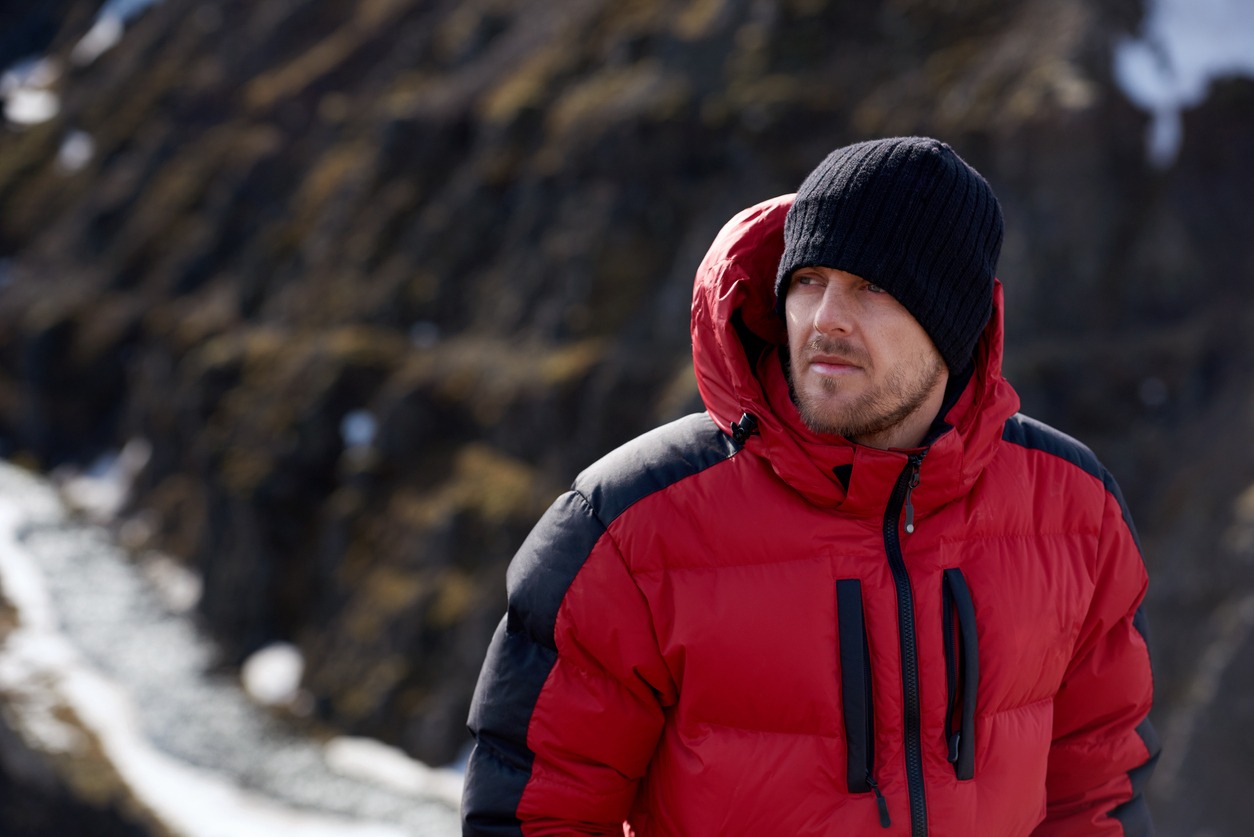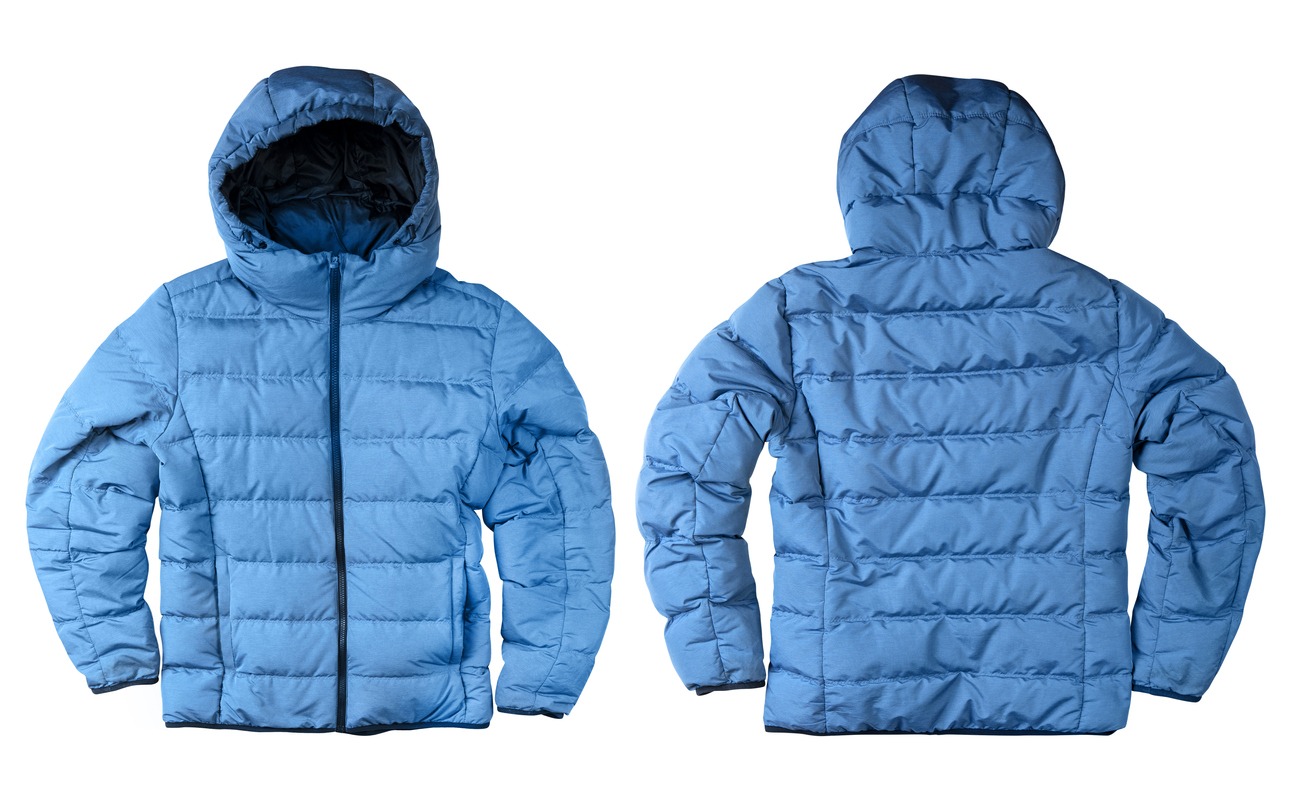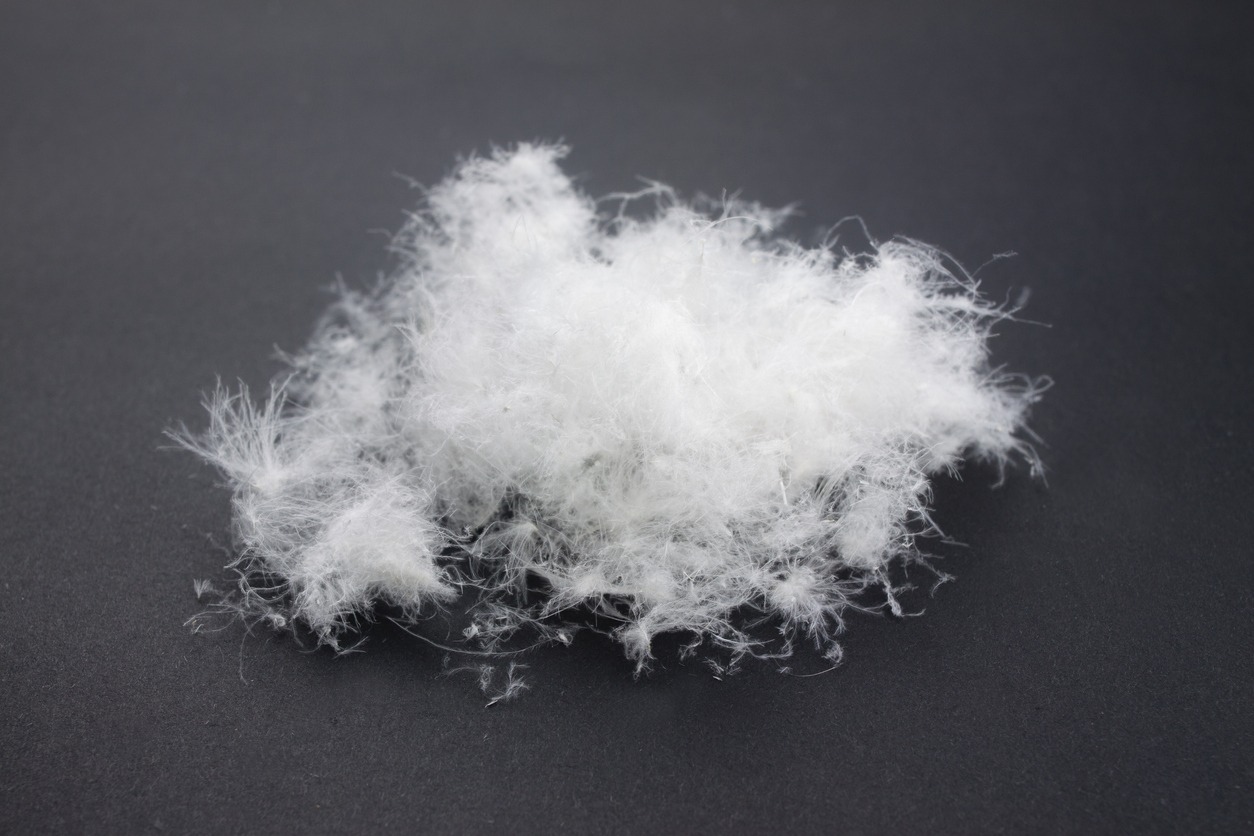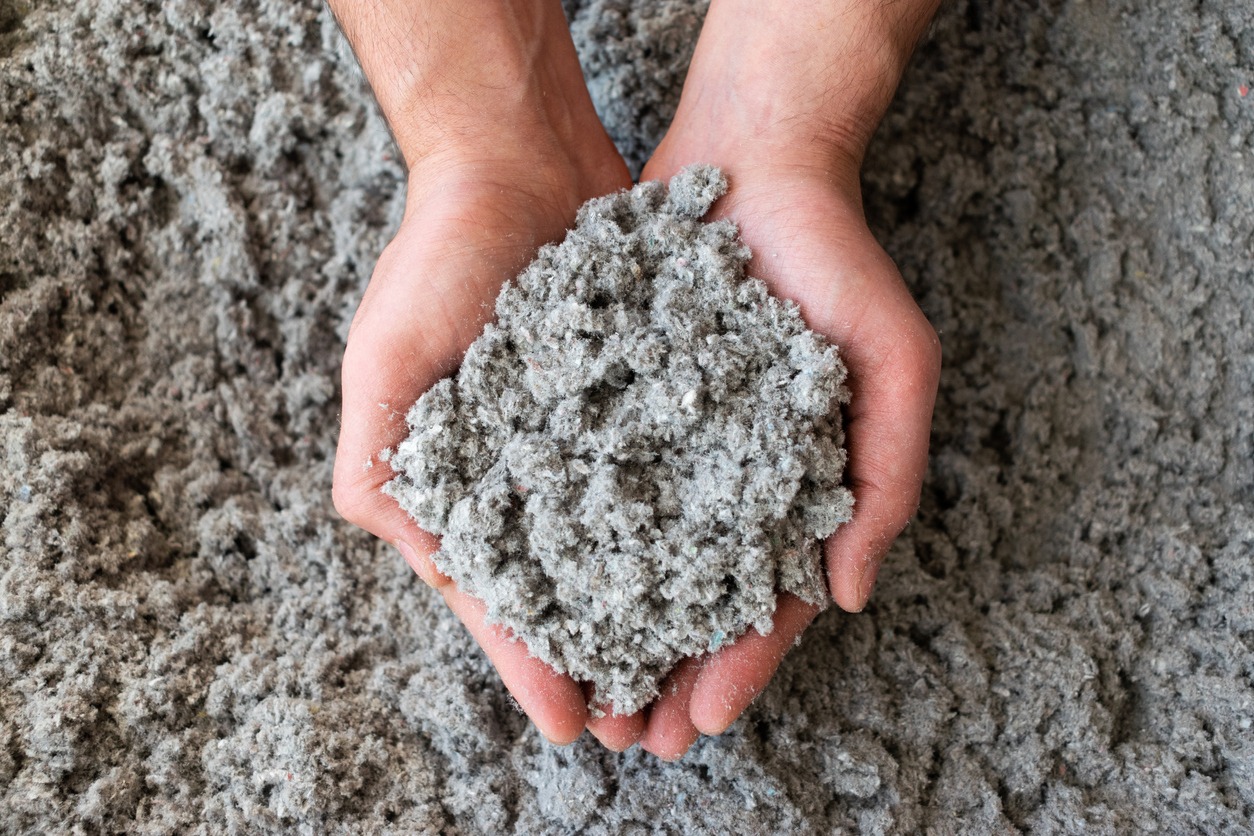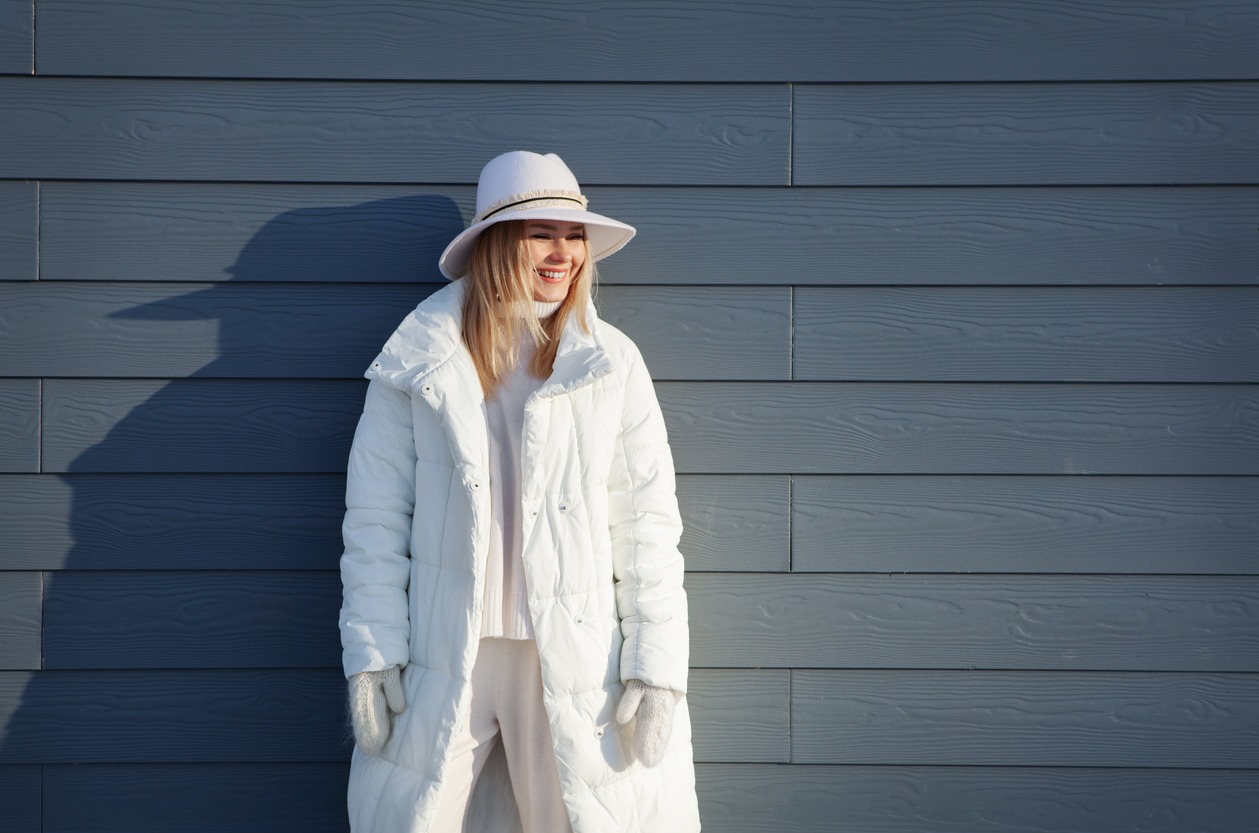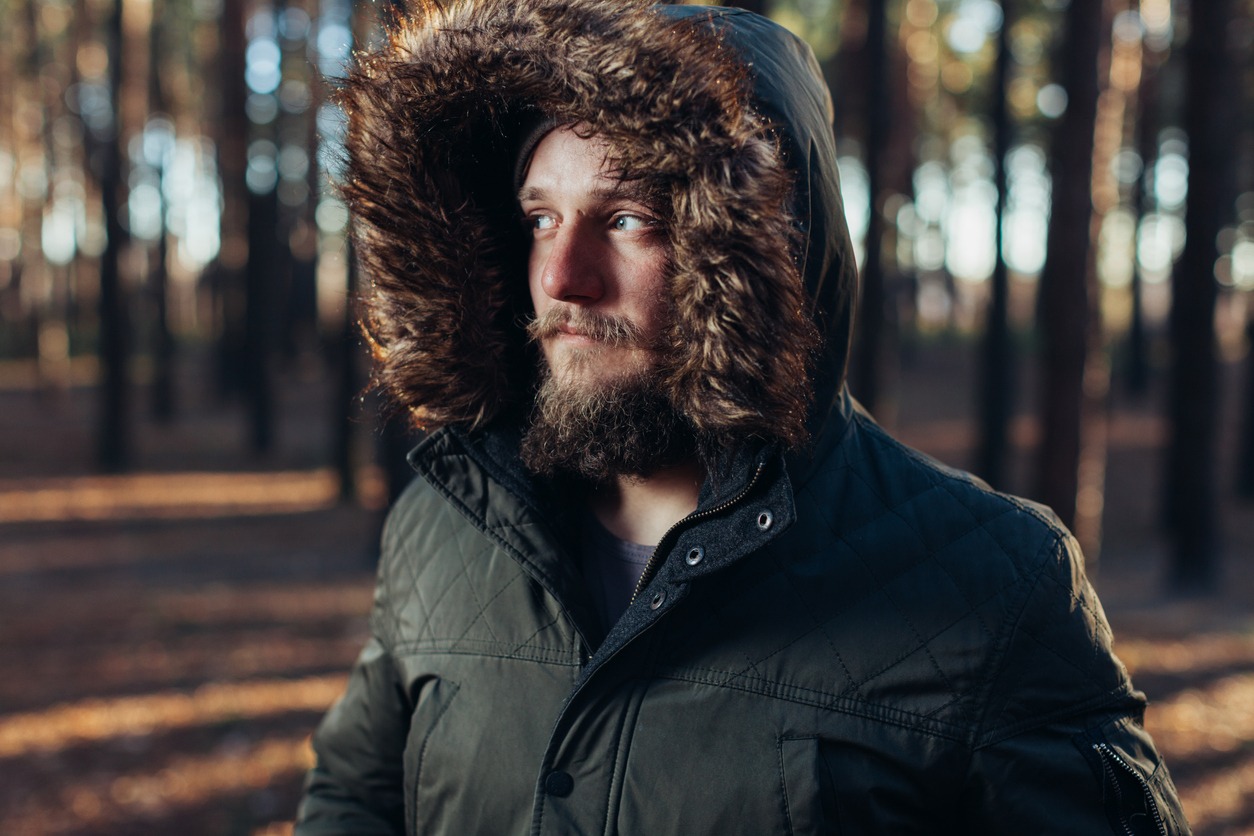One should be well-prepared for the winter, and if they happen to reside in a cold region, they will need heavy jackets, of which down jackets are the perfect kind to keep them warm and comfortable. Not only do down jackets protect you from the cold, but they also add style to your outfit.
What is a Down Jacket?
A down jacket is a jacket that has been stuffed with warm, fluffy underfeathers from ducks or geese. The loft (or fluffiness) of down feathers create hundreds of small air pockets that trap warm air and retain heat, keeping the wearer incredibly comfortable in freezing winter weather. Down is a wonderful insulator.
A jacket’s down fill will either be goose, duck, or a combination of the two. You will stay warm in any down jacket made with these feathers, however duck or a mix of duck and geese feathers is sometimes cheaper.
What is a Down Fill Power?
The loft, or “fluffiness,” of the down and its insulating qualities are gauged by its fill power. The more air pockets in the down, the higher the fill power, and the more insulating the jacket will be relative to its weight.
In a laboratory setting, fill power is computed and expressed as cubic inches per ounce. An ounce of down is squeezed by a weight in a glass cylinder to evaluate fill power. The fill power is a measurement of its resilience and ‘loft’.
The quality of the down used can also be determined by fill power. The fill power increases with improved down quality. Higher fill power jackets typically have a lighter weight and better compressibility since less down is needed to deliver the same level of warmth.
The range of fill power is 400 to 900. Ratings for down outerwear will typically range from 500 to 800.
Down Insulation vs. Synthetic Insulation
When it comes to functionality and warmth, down insulation is the top choice. Natural down is derived from the underfur of duck, geese, or a combination of the two. The finest insulation and lightest weight are provided by the feathers because they are made of natural, organic materials. When it comes to getting wet, natural down also has its drawbacks. Long drying times for the feather render the jacket useless because it can no longer insulate. Last but not least, the cost of natural materials is always high, making the jacket pricey.
When it comes to synthetic insulation, polyester is used in the manufacturing process to precisely arrange the filaments to mimic the efficiency of natural down. Similar high-loft clusters are also produced by the polyester to hold the heated air within. When it becomes wet, the synthetic fibers work better since they tend to dry more quickly than down. Its disadvantage is that it weighs more than down since more fiber is needed to get the same functionality. The jacket is inexpensive since the synthetic fibers are significantly less expensive..
Pros and Cons of Down Insulation
Down Insulation Pros
- Outstanding heat retention
- Better warmth-to-weight ratio using lighter materials
- Expanded comfort temperature range that makes it suited for both cold and hot conditions
- Easier to compress, takes up less space
Down Insulation Cons
- Becomes less insulating when wet
- When wet, it takes a very long time to dry
- More expensive
- Calls for specialized cleaning
Types of Down Jackets
There are numerous types and styles of jackets available, and they vary from one another in terms of weight, appearance, and down fillings. The functionality of the various types in terms of heat production also varies.
1. Puffer Jacket
The majority of puffer jackets are made of polyester fibers and filled with synthetic down. It offers excellent warmth while being incredibly light. The puffy and cuddly puffer jackets give the wearer the necessary warmth and comfort. In other instances, genuine feathers are also used and sold at a higher price.
2. Parka Jacket
The hoods of the bulkier parka jackets are occasionally lined with fur and stuffed with down. The jacket originally combines functionality with a dash of style. Despite being thicker than puffer jackets, parka jackets are thought to be less effective at keeping the cold air out.
3. Windbreaker Jacket
The synthetic upholstery fabric used to make the windbreaker jackets is primarily tricot, nylon, or polyester. Additionally, the jacket is stuffed with either genuine down or synthetic polyester fibers. Having a hood and a long length are advantages of windbreakers. When compared to other types of jackets, the jacket is also lightweight.
Types of Down Jackets According to Jacket Construction
Down jackets come in three varieties: Sewn Through, Box Baffle, and Heat Seamed Baffle.
- Sewn Through: The most typical kind of down jacket is this one. Sewn through is exactly what the name implies: As the outside fabric is connected to the inner fabric lining, chambers are formed between the stitches. Since no additional fabric is used, the product is typically lighter than one made using the box baffle technique.
- Box Baffle: The small down chambers in the box baffle products are divided by a fabric wall. Box baffle resembles a row of touching squares placed in a straight line. Because more fabric is used and the procedure is more difficult, box baffle items are typically more expensive. Because more fabric is used, they can be heavier than a jacket made using the sewn-through method.
- Heat Seamed: A heat seamed baffle is created when the outside and inner fabrics are heated to form a bond (also known as a weld or bond). The bonded baffle is divided into chambers, much as the sewn through method. The lack of stitching prevents warmth from escaping via the seams, though. This may also increase the wind and water resistance of this particular type of down jacket.
NOTE: The durability, weight, warmth, and waterproofness/breathability of the outer shell material will all have a significant impact on the performance of the jacket..
Features to Consider when Choosing a Down Jacket
- Durability & Weight: A thin, light material will be used for the outer shell of a down jacket that is incredibly light. Despite being excellent for losing weight, they can be more prone to snagging and abrasions. This kind of jacket is excellent if you use it occasionally on chilly days. It is worthwhile to look for a jacket with a somewhat heavier and thicker outer shell that will last much longer if you want to wear it frequently for many years to come.
- Fit: The fit of a down jacket shouldn’t be overly tight or loose. It should be enough to allow for additional layers underneath, but not too roomy that chilly air can enter through the hem and armpits. Remember that down jackets tend to be heavier than wool coats or standard waterproof jackets, and that you need some space within it to move around comfortably.
- Hoods: Although it may add bulk, a hood will help provide additional warmth. Consider a jacket without a hood if you’re using a down jacket as a mid-layer, that is, underneath a waterproof coat.
- Cuffed waist and wrists: Aid in keeping the warmth in.
- Pockets: For cold hands, pockets with padding are perfect.
Down Jacket Care Guide
A natural down requires more care than a synthetic one. When the jacket is wet, the natural high-loft clusters have a tendency to dry slowly and gradually, rendering it worthless. The down filling is most important, even if the upholstery is typically made of polyester, which dries faster. Avoiding getting the jacket wet is the best approach to take care of it.
Down jacket Storage Guide
It’s best to wash down as less as possible. Therefore, it is highly suggested that you store your down-filled clothing properly. Your down textile needs to be given a thorough and prolonged airing after each usage. Ensure that your down jacket is completely dry. The best place to keep your down-filled clothing is in an uncompressed, dry, air-permeable clothes bag in a cool, dry environment, such as over the summer.
Conclusion
The down jacket is the best performing jacket for extreme weather. The high-loft clusters found inside the feathers of a goose or duck are the major component of the down fillings that are used to fill the jacket. The down fills are weighed to determine their power, which indicates how well they can keep a jacket warm.

